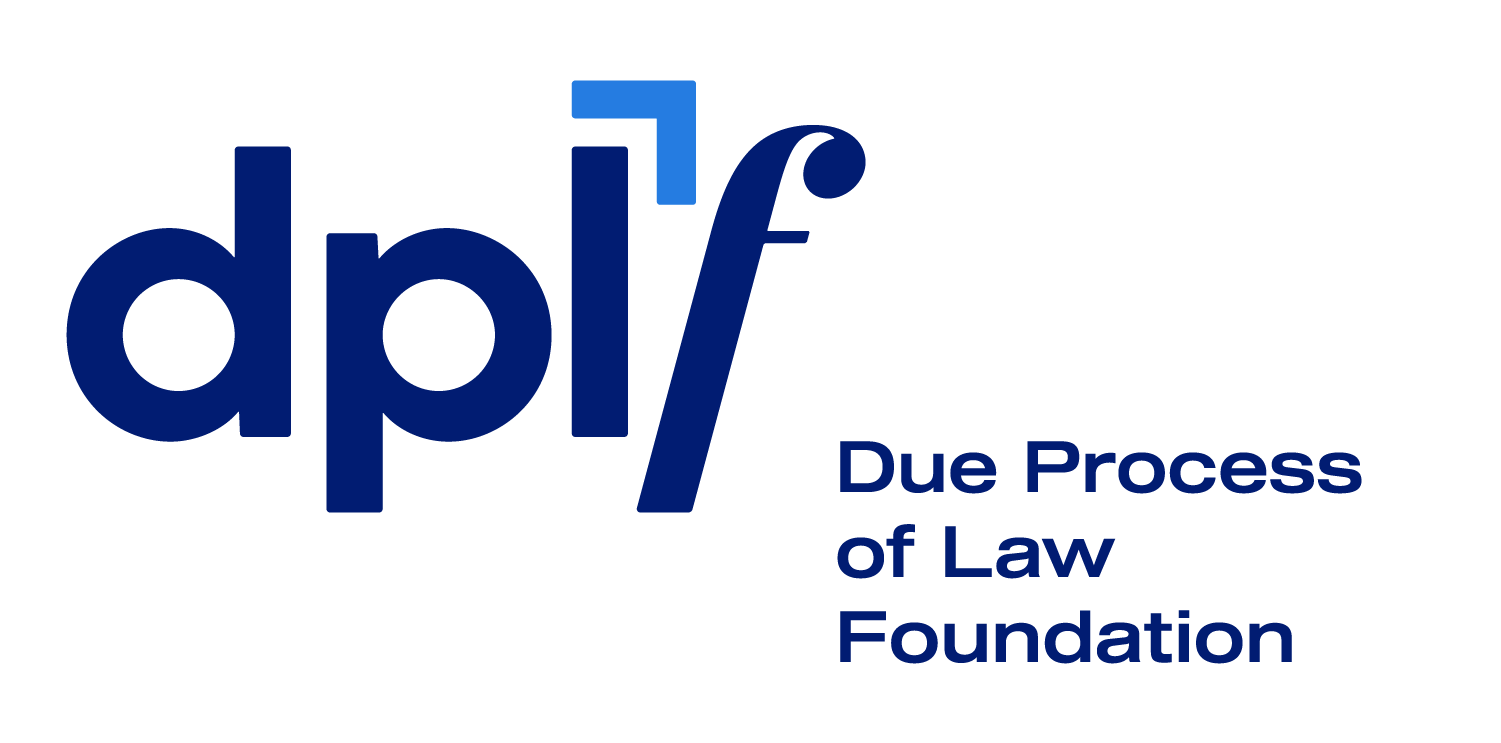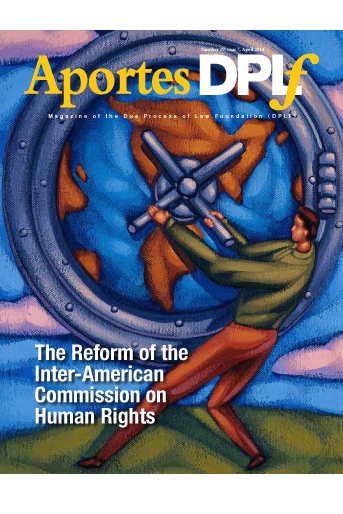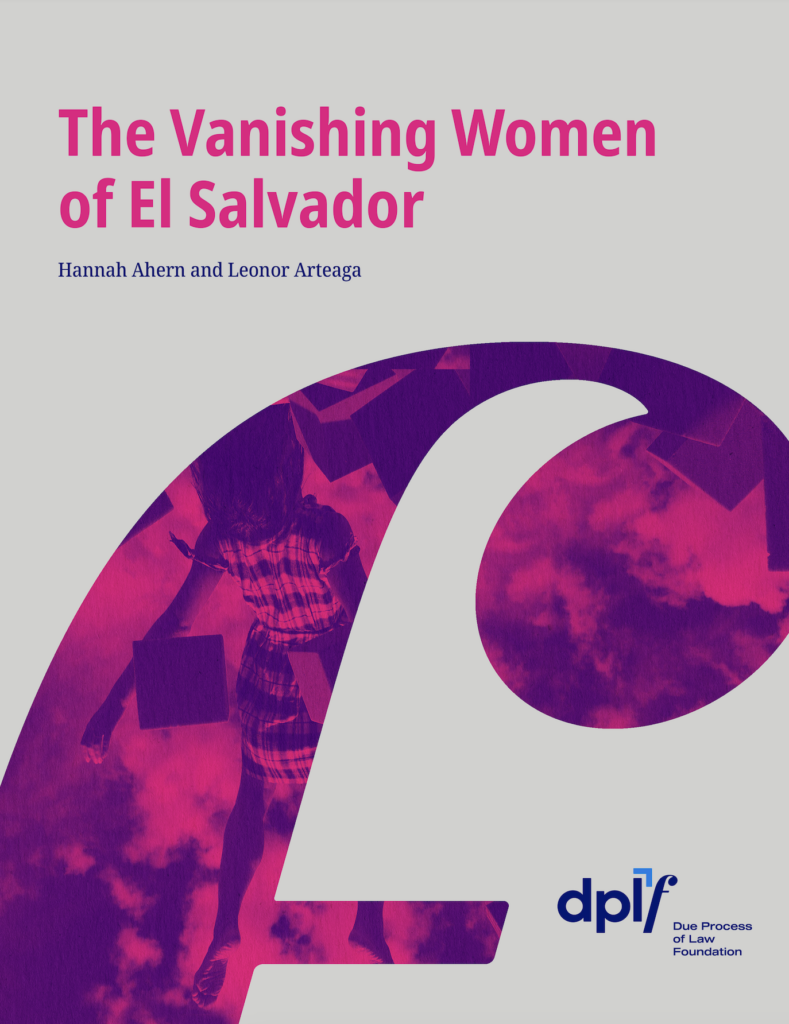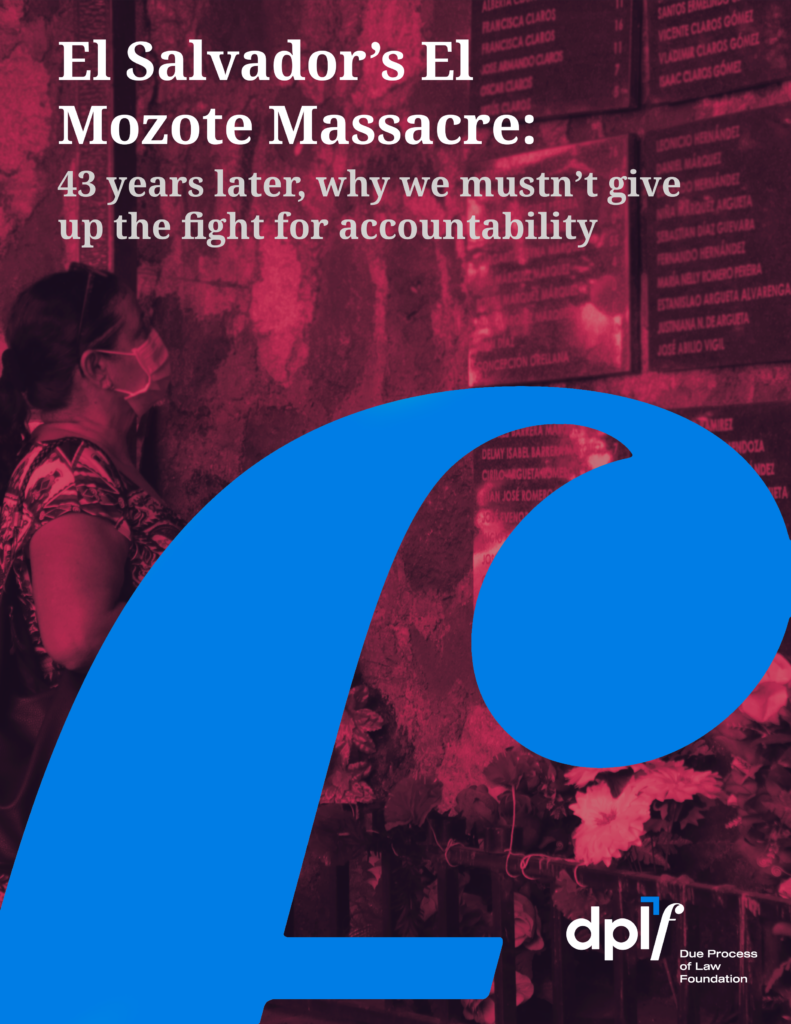The Inter-American Commission on Human Rights (IACHR) is a cornerstone of the human rights advocacy and protection system we have in the region. Over the past two years, the Commission has undergone a process—officially called “strengthening,” but which at times seemed to be “challenging”—that ultimately achieved a semblance of reform. All indications are that the changes adopted as a result of this process will improve the Commission’s performance and its ability to meet the current needs of the region. In spite of all the back-and-forth debate that took place, everyone involved in the discussions underscored the importance of the work carried out by the Commission. Nearly all of the voices demanded that it do more and better work in its area of responsibility, although the arguments of the different actors—governments and civil society—were sometimes diametrically opposed. Undoubtedly, many lessons can be drawn from the broad, sustained discussion.
This edition of AportesDPLF examines this process as it has unfolded over the past two years. To begin this review, we have the contributions of three authors who have served as senior officials within their institutions. J. Jesús Orozco, who was President of the IACHR during the two years in question, is the first to speak, followed by Hugo de Zela, chief of staff of the OAS Secretary General, and Emilio Rabasa, Permanent Representative of Mexico to the OAS. In their writings, they describe the process from the perspective of those who have been, and continue to be, directly exposed to the discussions concerning the improvement of the IACHR.
Next, we present six viewpoints that highlight the most critical aspects of the process and of the political context surrounding the IACHR. Douglass Cassel’s thorough account focuses on significant events and results of the process to date and looks toward the future. David Lovatón addresses the attempt to keep the IACHR reform process open and the possible significance of this effort. Ernesto de la Jara takes stock of the new realities facing the inter-American system, which he sees as an impetus for reforms that will result in a different and better Commission. Camilo Sánchez offers a realistic yet somewhat skeptical perspective on the process, its outcomes, and likely developments going forward. Viviana Krsticevic and Alejandra Vicente make a number of proposals and anticipate that the Commission, as a result of the recent process, will improve the quality of its work. This section begins with my own contribution, which narrates the most important moments of the process and gives a behind-the-scenes glimpse of the discussions and competing agendas. With regard to precautionary measures—one of the recurring themes in the debates during the strengthening process—Diego Rodríguez-Pinzón offers a technical analysis that provides a greater understanding of both the challenges raised and the reforms introduced.
The analysis pays special attention to two key country actors. Jamil Dakwar addresses the crucial role of the United States in the system, critically examining its legitimacy and credibility with respect to human rights. Juana Kweitel and Raísa Cetra reflect on the “many faces of Brazil” that appeared at different times during the two-year process.
In the final section of the journal, authors delve more deeply into certain crucial aspects of the past and future of the inter-American human rights system. Judge Diego García-Sayán of the Inter-American Court of Human Rights, who served as its President until December 2013, takes stock of the Court’s work, highlighting its most salient achievements. Gabriela Kletzel suggests looking at the Commission and the system pertaining to the OAS in the context of a new regional institutional framework for human rights, in which new organizations and initiatives are bringing countries together with both economic and political objectives. Daniel Cerqueira considers the Conferences of States Parties to the American Convention on Human Rights and their role as an alternative arena for debate, albeit one that has raised some troubling issues.
The journal concludes with an interview with Paulo Vannuchi, a new IACHR Commissioner, who responds clearly to questions about the challenges facing the Commission. He speaks to some of the lines of work that civil society would like to see undertaken in the near future by a Commission that, given greater resources, performs its work more expeditiously and efficiently. This should be the outcome of the efforts of the past two years, which despite difficult moments and some unpleasantness, can ultimately move us closer to the full realization of human rights in the region.




